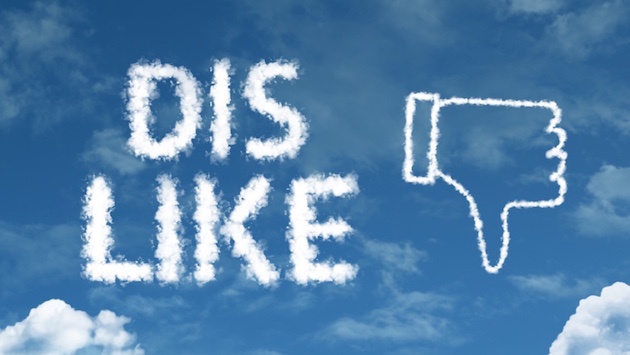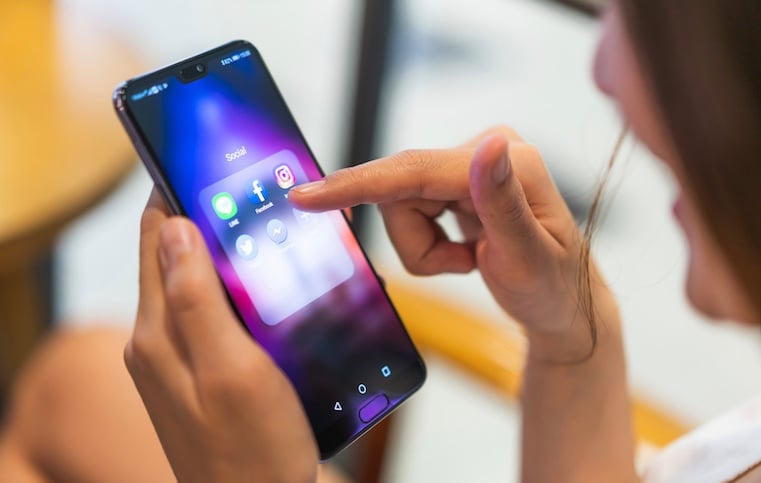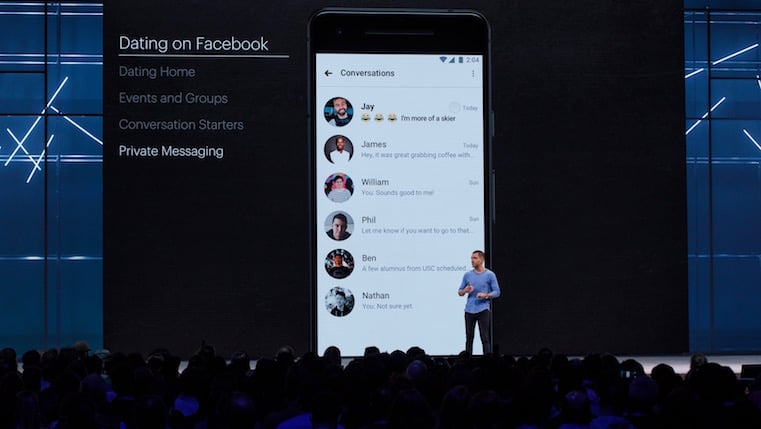If you use Facebook, you're likely no stranger to the widespread clamor for a "dislike" button.
It's not like Facebook has ignored the cry for such a reaction option. In 2016, the social media channel rolled out five new Reactions buttons: Love, Haha, Wow, Angry, and Sad -- the last of two
But none of them was a simple thumbs-down reaction -- and when users once again learned that Facebook was rolling out a "downvote" option, there was a fleeting moment of hope for "dislike" reaction enthusiasts.
Let's make one thing clear right away: You're not getting a dislike button.
A New Way to Curb Abusive Comments
Instead, Facebook confirmed to TechCrunch last week, the social media channel is testing an option that would allow users to downvote comments on posts that they deem inappropriate. Think of it as a very quick, one-step way to report and flag an inappropriate comment with a single click.
Right now, the feature is available to quite a limited subset: It's only being tested on public Page content, and only a small portion of users in
But when you consider other recent changes Facebook has made to its algorithm -- like those to boost public Page posts that
"It looks like Facebook is doing this for the same reason it made an algorithm change: to figure out what content people like," says Henry Franco, a HubSpot social campaign strategy associate.
Franco also points out Facebook's recent first-ever earnings report of user decline, with eMarketer estimating that about 2.8 million of those lost users are under 25.
That's just one source of motivation for Facebook to work toward better engagement, especially among certain age demographics.
The Timing Makes Sense
It's a move that comes among months of scrutiny from the alleged weaponization of its site to promote content that interfered with the 2016 U.S. presidential election.
So not only does that satisfy an "end goal of maximizing time on site and user retention," says Franco -- it also plays an important role in public Page content that might spark controversy.
"Most of the time," says HubSpot Principal Marketing Manager, Marcus Andrews, a feature like this one is most applicable to "big public comment threads on current events or polarizing news topics ... where some users are just trying to make jokes, antagonize others, or just simply be mean."
The downvoting option, he explains, provides a seamless way for users to quickly take action to curb engagement of that nature.
"Facebook wants to give users a way to identify that, and have some recourse to show it in these big threads," Andrews says.
Reminder: It's Not a "Dislike" Button
As Facebook experiments with this new feature, Franco is quick to remind users that the downvote featue is not a dislike reaction option.
Not only is not a reaction feature, he points out, but it could also help to grand a degree of anonymity to the person flagging a given comment.
"This looks very different than a dislike button," Franco says. "This change helps Facebook identify content that users don’t want to see, and I’m not sure that the person you’re interacting with will know they’ve been downvoted."
That possibility, however, is not without flaws.
"The possible downside here is that this might just reinforce groupthink," Franco explains. "If everyone in the group disagrees with an idea, that doesn’t necessarily make the idea wrong, but it may be hidden nonetheless."
I'll be keeping an eye on this feature as it continues to be tested. As always, feel free to weigh in with your take or questions on Twitter.



![Can Facebook Really Stop Election Meddling? We Asked 600+ People. [New Data]](https://53.fs1.hubspotusercontent-na1.net/hubfs/53/security1.png)
